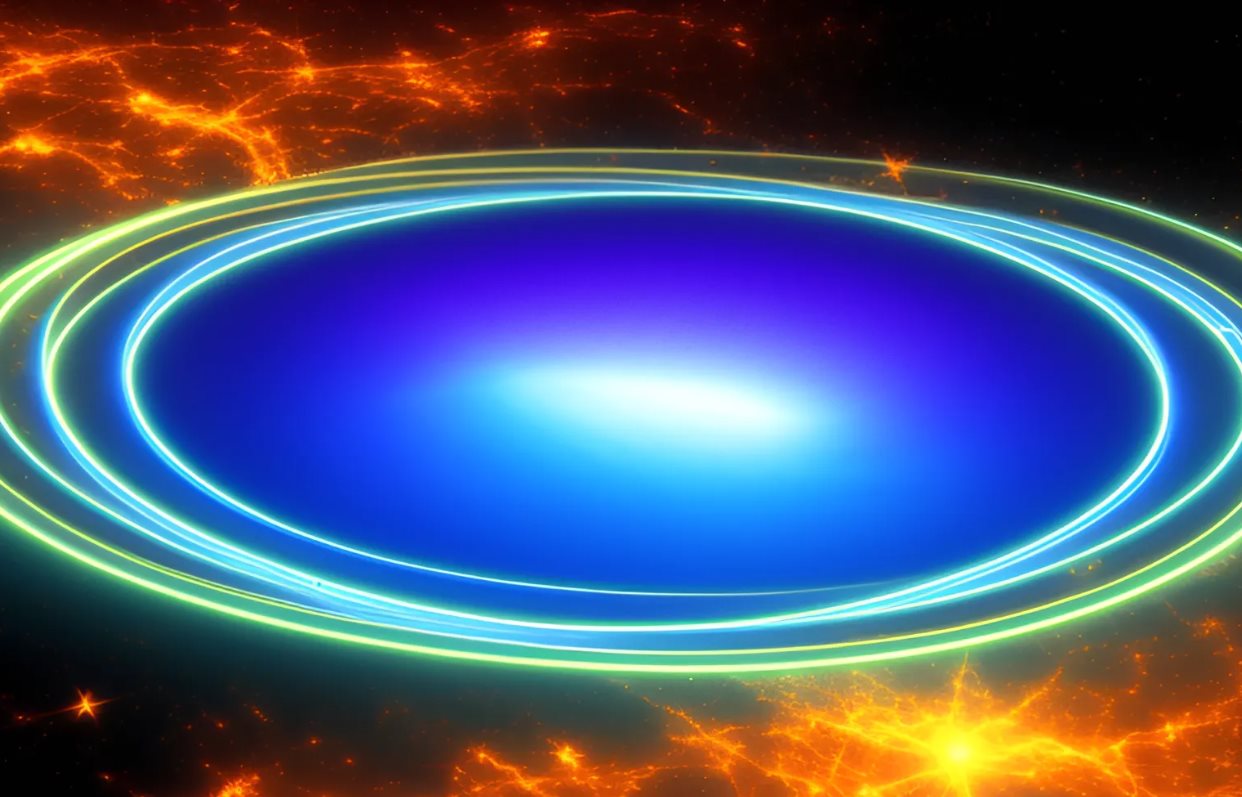I recently wrote two articles for those who don’t know anything about nuclear fusion or quantum computers, important articles in a world where this topic is increasingly in the news.
Now I want to expand it by talking about the macrocosmwhat we live on a day-to-day basis, and the microcosmwhich happens on an atomic scale.
The laws of quantum mechanics are a precise and successful mathematical description of how the world works at the quantum level, that is, at a very small level, such as that of atoms and subatomic particles. These laws have been verified experimentally and have been shown to be very accurate in predicting the results of experiments.
The laws of quantum mechanics they are different from the laws of classical mechanics, which are an accurate description of how the world works at the macroscopic level, that is, at the level visible to us. Although both laws are very precise in their respective domains of application, there are some fundamental differences between them.
For example, in quantum mechanics, particles can have wave properties and can be in several states at once (a phenomenon known as superposition), while in classical mechanics particles have definite properties and can only be in one a state. the time. Furthermore, in quantum mechanics it is possible for two particles to be “entangled” in such a way that their states are linked, even if they are very far apart (a phenomenon known as quantum bonding), while in classical mechanics this is not possible. .
The laws of quantum mechanics are an accurate and successful description of the world at the quantum level, while the laws of classical mechanics are an accurate description of the world at the macroscopic level.
How the laws of quantum mechanics are explained
In the same way that we know that the law of gravity exists, and we assume it without thinking too much about it (it is one of the four forces that govern the universe, and it is accepted without excessively looking for its reason), in quantum mechanics it happens the same.
In the modern physics, four fundamental forces are recognized in the universe: gravity, electromagnetic, weak and strong nuclear force. These forces are responsible for most of the physical phenomena that occur in the universe and have a great influence on the structure and behavior of matter.
In the quantum physics, laws and forces are described by quantum field theory, which is a mathematical theory that describes how the world works at the quantum level. In quantum physics, particles are not considered as point objects with defined properties, but as fluctuations in force fields.
The laws of quantum physics are based on quantum mechanics, which is a mathematical theory that describes how particles behave at the quantum level. This theory includes Heisenberg’s famous law of indeterminacy, which states that it is impossible to know precisely both the position and the momentum of a particle at the same time. It also includes the law of superposition, which states that particles can be in several states at once (a phenomenon known as superposition).
In quantum physics, forces are described by the exchange of subatomic particles, such as photons (particles of light) and gluons (particles responsible for the force). For example, the electromagnetic force is described by the exchange of photons, while the strong one is described by the exchange of gluons.
We don’t know exactly why particles become entangled, for example, but they do. It may be that in the future everything will be explained in a simple way with a single law, but for now the only thing we can do is accept it and find its use.
The laws in the macrocosm and in the microcosm are different, but despite these differences, the laws of quantum mechanics and the laws of classical mechanics are related and can be seen as two different descriptions of the same phenomenon. In general, as the particles become larger and less densely packed, the behavior of the particles becomes more and more consistent with the laws of classical mechanics.
They can be seen as two different descriptions of the same phenomenon, but there is still a lot to be investigated to find some law that continues to unify theories.













